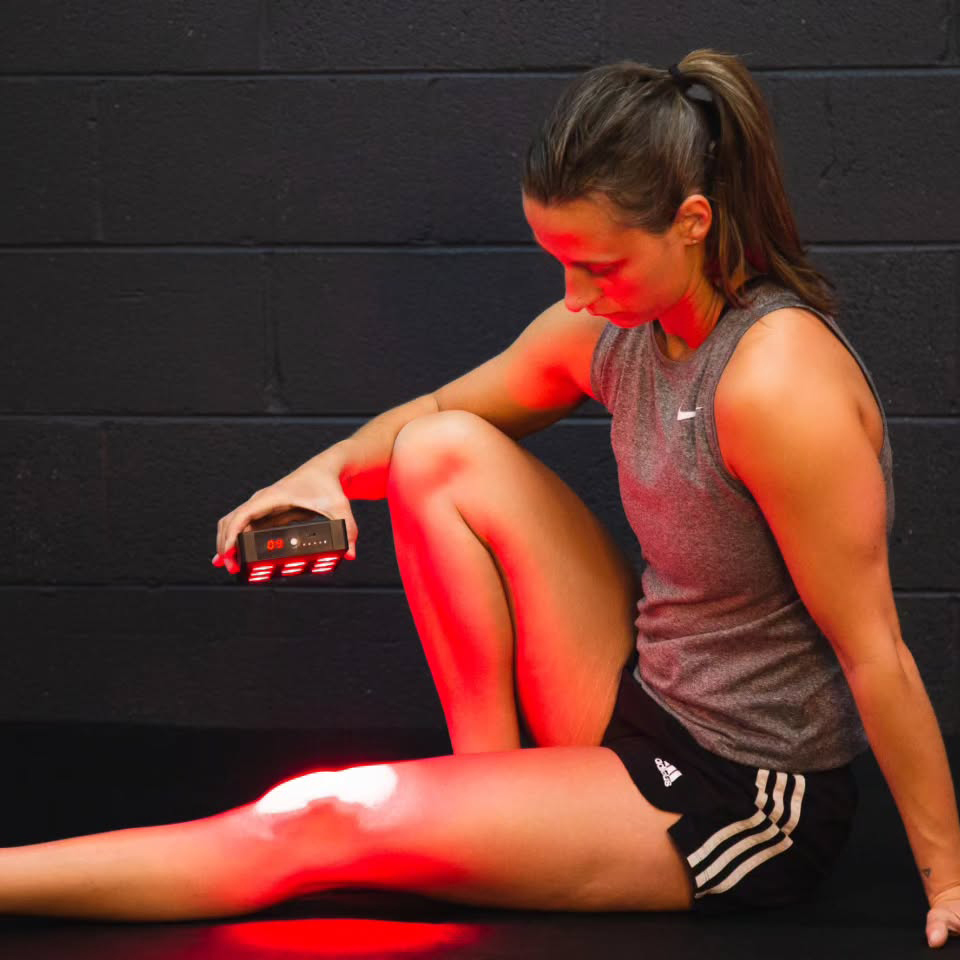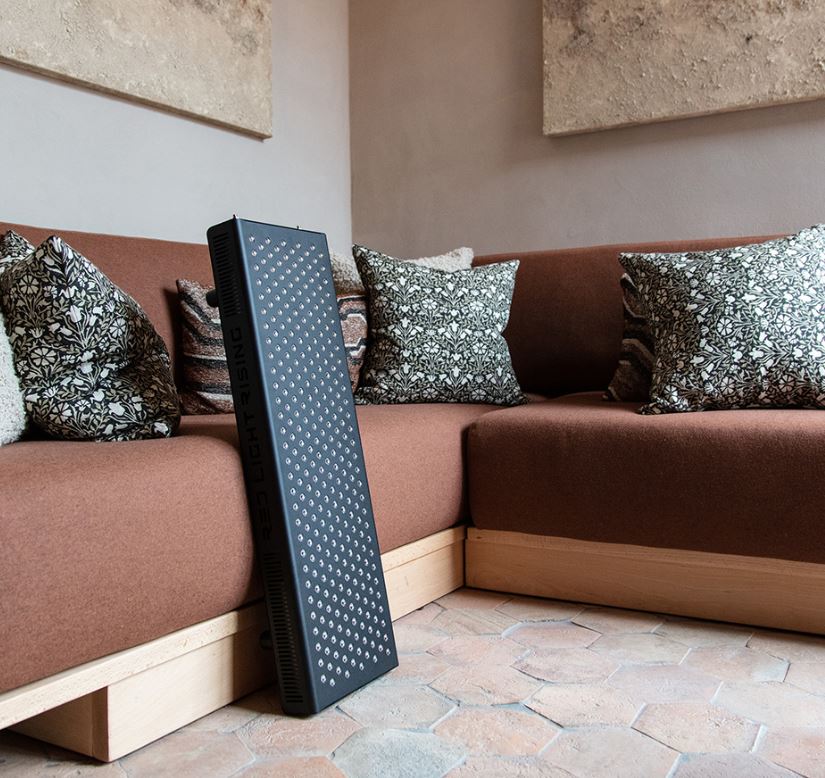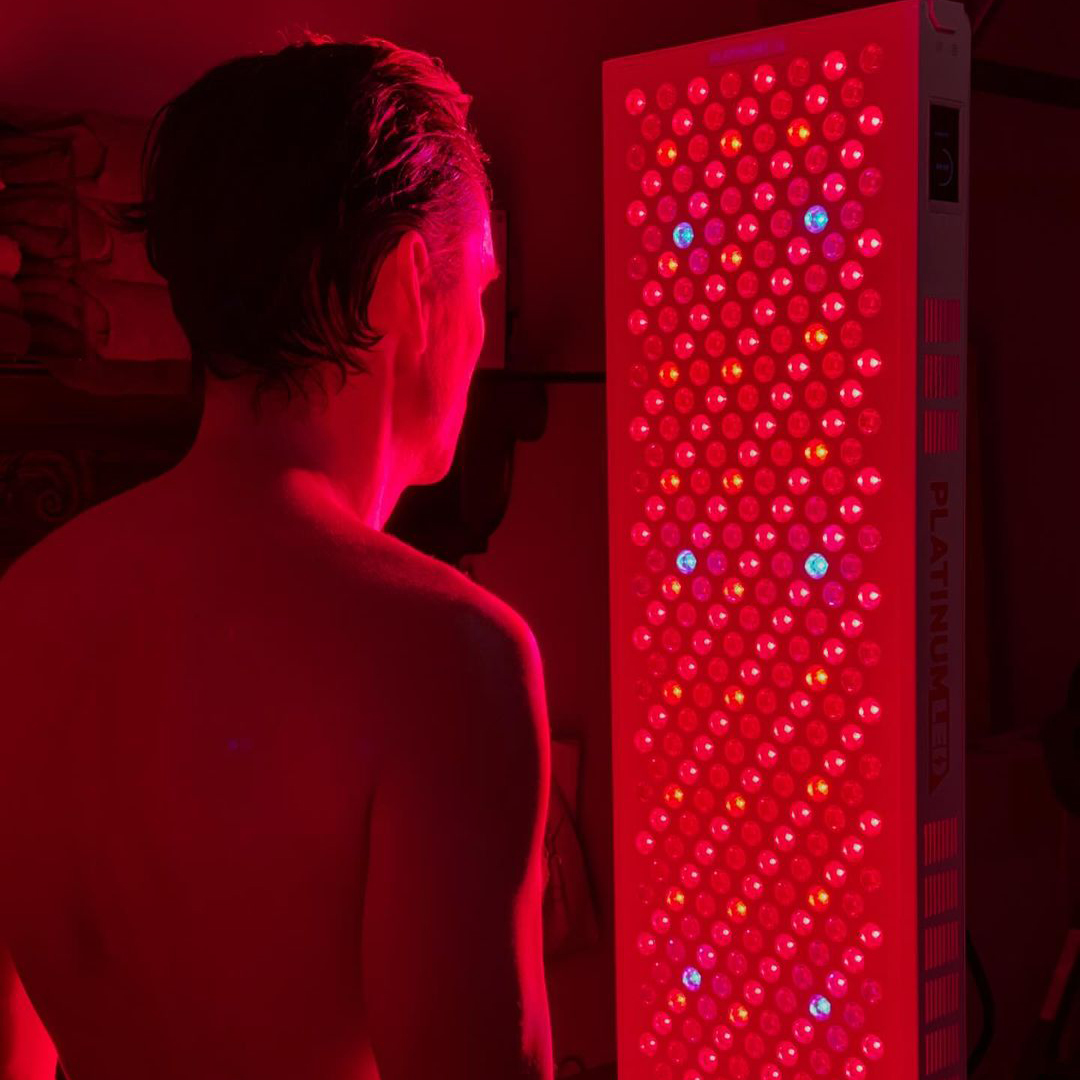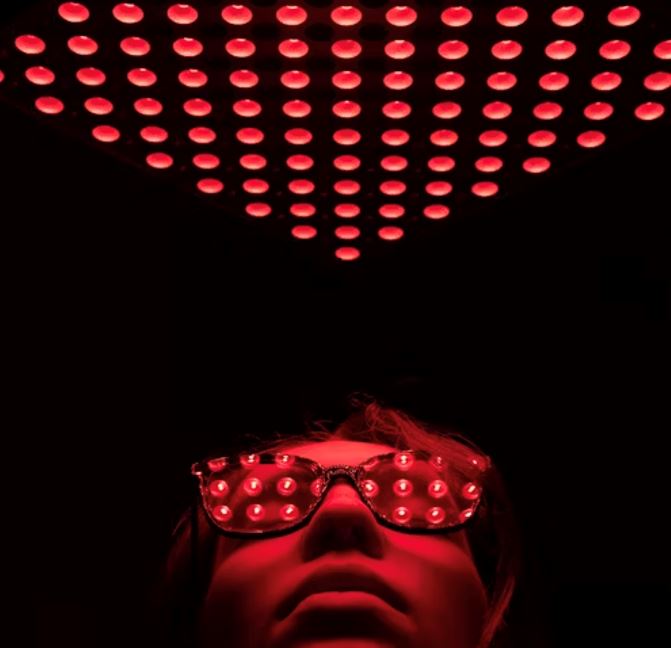![]() Free Shipping
Free Shipping ![]() Buy Now, Pay Later
Buy Now, Pay Later ![]() Eligible
Eligible
Red Light Therapy for Seizures: Current Science Explained

Seizures are a complex neurological phenomenon affecting millions worldwide. While traditional treatments like antiepileptic drugs (AEDs) and surgery can be effective, they don’t work for everyone and often come with side effects. In recent years, red light therapy (RLT)—also known as photobiomodulation—has emerged as a promising, non-invasive alternative.
But does it really work? How does shining red or near-infrared light on the brain help reduce seizures? In this deep dive, we’ll explore the latest scientific research, mechanisms, and potential benefits of red light therapy for seizure control.
Understanding Seizures and Current Treatments
Before diving into red light therapy, it’s essential to understand what happens in the brain during a seizure. Seizures occur due to abnormal, excessive electrical discharges in neurons. Depending on the affected brain region, seizures can manifest as convulsions, loss of awareness, or subtle sensory changes.
Current treatments include:
- Antiepileptic drugs (AEDs): Help regulate neuronal activity but may cause fatigue, dizziness, or cognitive issues.
- Ketogenic diet: A high-fat, low-carb diet that alters brain metabolism to reduce seizures.
- Vagus nerve stimulation (VNS): An implanted device that sends electrical pulses to the brain.
- Brain surgery: Removes seizure-causing tissue but is highly invasive.
Despite these options, 30% of epilepsy patients are drug-resistant, meaning their seizures persist despite treatment. This has led researchers to explore red light therapy as a novel approach.
What Is Red Light Therapy?
Red light therapy (RLT) uses low-wavelength red (630-700 nm) or near-infrared (700-1100 nm) light to penetrate skin and tissue. Unlike UV light, which damages cells, RLT stimulates mitochondrial function, enhancing energy production (ATP) and reducing oxidative stress.
Originally used for wound healing and pain relief, RLT is now being studied for:
- Neuroprotection (helping brain cells survive injury)
- Anti-inflammatory effects
- Improved blood flow
- Modulation of brain wave activity
But how does this translate to seizure control?
How Could Red Light Therapy Help with Seizures?
1. Boosts Mitochondrial Function & Reduces Oxidative Stress
Seizures are linked to mitochondrial dysfunction and excessive oxidative stress, which damages neurons. RLT enhances cytochrome c oxidase activity (a key enzyme in ATP production), helping neurons recover and function more efficiently.
Studies show:
- RLT reduces oxidative damage in animal seizure models (Hamblin, 2017).
- Improved mitochondrial function may prevent seizure spread (Rojas et al., 2012).
2. Calms Overactive Neurons (Neuro-Modulation Effect)
Excessive neuronal firing drives seizures. RLT appears to modulate brain activity, potentially stabilizing erratic electrical discharges.
Key findings:
- Near-infrared light (810 nm) reduced seizure frequency in drug-resistant epilepsy patients (Tao et al., 2022).
- Animal studies show RLT decreases seizure severity by inhibiting glutamate excitotoxicity (a major seizure trigger).
3. Reduces Neuroinflammation
Chronic inflammation worsens epilepsy. RLT has anti-inflammatory effects, lowering cytokines like IL-6 and TNF-alpha, which are elevated in seizure disorders.
Research highlights:
- RLT reduced brain inflammation in rodent epilepsy models (Salehpour et al., 2018).
- May help prevent epileptogenesis (the process where the brain becomes prone to seizures).
4. Enhances Blood Flow & Brain Repair
Seizures can damage blood vessels and reduce oxygen supply. RLT improves cerebral blood flow, supporting recovery.
Evidence:
- Increased nitric oxide production (vasodilation effect) after RLT (Karu, 2010).
- Promotes neurogenesis (growth of new neurons) in damaged areas.
Clinical Evidence: Does It Work in Humans?
While most research is preclinical (animal or cell studies), a few human trials show promise:
1. 2022 Clinical Trial (Tao et al.)
- Participants: 10 drug-resistant epilepsy patients.
- Method: Used transcranial near-infrared light (810 nm) for 2 minutes daily.
- Results:
- 60% experienced fewer seizures.
- Some reported improved mood and cognition.
2. Case Studies & Anecdotal Reports
- Some patients using home RLT devices (helmets or panels) report reduced seizure frequency.
- More rigorous studies are needed, but early data is encouraging.
Limitations & Challenges
- Optimal dosing? (Wavelength, duration, and frequency still being studied.)
- Penetration depth? (Can light reach deep brain structures like the hippocampus?)
- Long-term effects? (More human trials needed.)
How to Use Red Light Therapy for Seizures (Current Recommendations)
While research evolves, here’s what we know so far:
1. Best Wavelengths
- Near-infrared (810-850 nm): Best for deep brain penetration.
- Red light (630-670 nm): May help with scalp and cortical effects.
2. Delivery Methods
- Transcranial helmets: Designed for brain stimulation.
- Intranasal devices: Targets deeper brain regions via nasal passages.
- Full-body panels: May support systemic benefits.
3. Suggested Protocol (Based on Research)
- Frequency: Daily or every other day.
- Duration: 5-20 minutes per session.
- Distance: 6-12 inches from the light source.
VELLGUS Elite V2
THE #1 RATED RED LIGHT DEVICE
VELLGUS pro V2
THE #1 RATED FULL BODY RED LIGHT DEVICE
Caution: Always consult a neurologist before trying RLT, especially if using other treatments.
The Future of Red Light Therapy for Seizures
RLT isn’t a cure, but it could become a valuable adjunct therapy for epilepsy. Future research should focus on:
- Large-scale human trials
- Combination therapies (RLT + ketogenic diet, VNS, etc.)
- Personalized light protocols based on seizure type.
Final Thoughts: A Promising, Non-Invasive Option
Red light therapy offers a safe, drug-free approach to potentially reducing seizures. While more research is needed, early studies suggest it can:
✅ Improve mitochondrial function
✅ Reduce neuroinflammation
✅ Modulate overactive neurons
✅ Support brain repair
For those with drug-resistant epilepsy, RLT could be a game-changer. As science progresses, we may see light therapy become a mainstream option for seizure management.
What do you think? Have you or someone you know tried RLT for seizures? Share your experiences in the comments!
References
- Hamblin, M. R. (2017). “Mechanisms and applications of the anti-inflammatory effects of photobiomodulation.” AIMS Biophysics.
- Rojas, J. C., et al. (2012). “Neuroprotective effects of near-infrared light in a murine model of epilepsy.” Journal of Neuroscience.
- Salehpour, F., et al. (2018). “Transcranial near-infrared therapy for epilepsy.” Photomedicine and Laser Surgery.
- Tao, L., et al. (2022). “Pilot study of transcranial near-infrared light for drug-resistant epilepsy.” Epilepsy Research.








